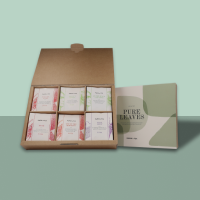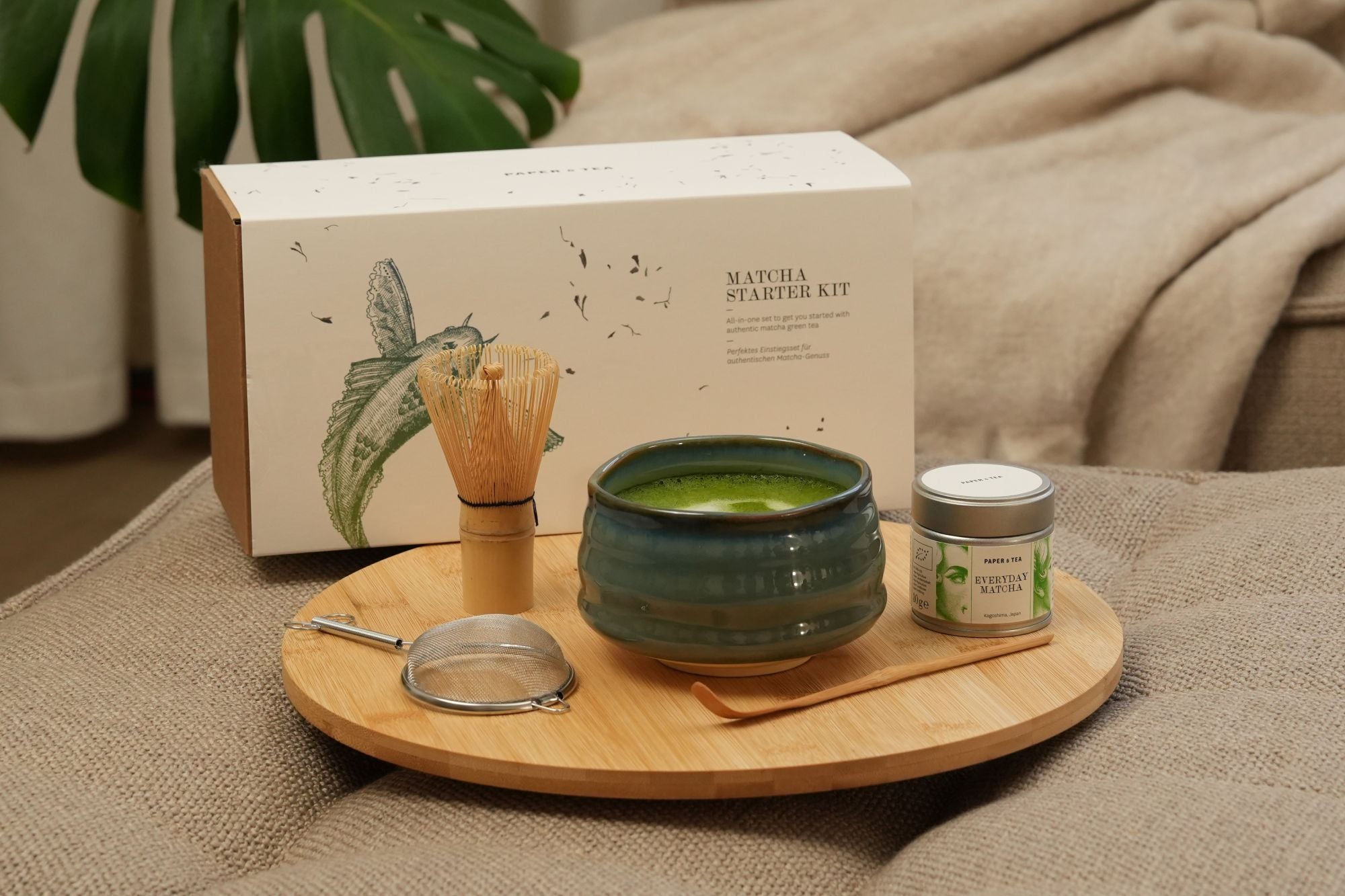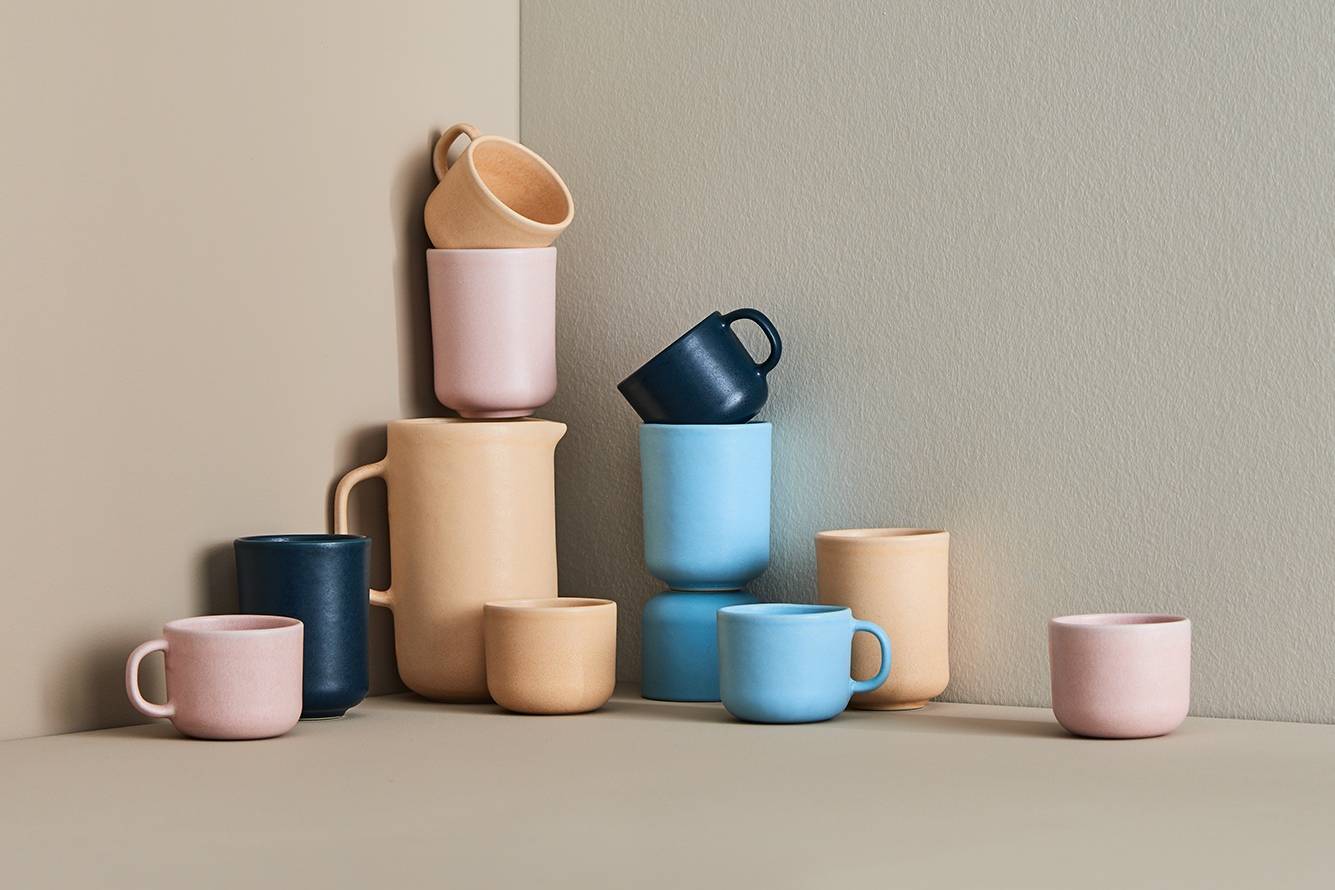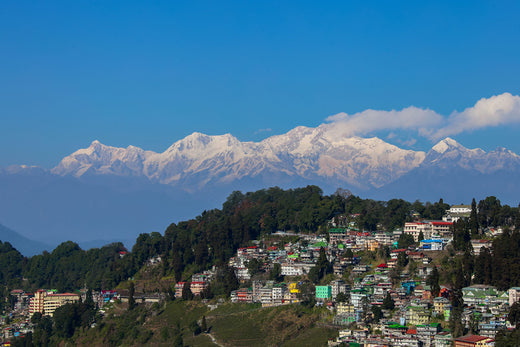Assam tea is a black tea from India celebrated worldwide for its robust flavor. Some enjoy it plain, while others prefer adding milk and sugar, and many might not even realize how often they drink it unknowingly. This tea is a popular component in various tea blends, and you should have at least one of them in your home tea collection. From traditional Indian chai to East Frisian tea, Assam's bold flavor is incredibly versatile. Join us as we delve into the history of Assam tea and uncover what makes it stand out among black teas.
The Origin: Exploring the Assam Region
Nestled along India's widest river, the Brahmaputra, the Assam region is one of the world's largest tea-growing areas. Picture a vast, endless expanse of lush green tea bushes. Upon closer inspection, you'll notice countless rows meticulously arranged over the gently rolling terrain. This stunning landscape is enveloped in a soft mist during the early morning hours, created by the moisture and cooler temperatures of the night—a truly picturesque sight. Join us as we delve into the origins of tea cultivation in Assam and learn how Indian tea is produced.

History & Evolution of This Black Tea
The origins of tea cultivation in Assam date back to the British colonial period. As the story goes, around 1827, a Scottish adventurer named Robert Bruce was introduced to the native tea plant, Camellia Assamica, by an Indian tribal leader in Assam. This discovery piqued the interest of the British, as they realized that tea could flourish not only in China and Japan but also in India. Thus, the cultivation of tea in the region began.
In contrast to the Chinese Camellia Sinensis, Assam's native Camellia Assamica cannot withstand cold temperatures; instead, it requires warmth, abundant rain, and high humidity. This makes it thrive beautifully in Assam's subtropical climate. Meanwhile, in other Indian tea-growing regions like Darjeeling, the British cultivated the more adaptable Camellia Sinensis.
Cultivation & Harvest: The Journey of Assam Tea
A typical scene often associated with the tea gardens in Assam features tea pickers in traditional, colorful attire. They carefully handpick the finest leaves, placing them in a basket carried on their backs and secured with a strap around their heads. Compared to its Chinese counterpart, the Camellia Assamica plant is known for its thicker and larger leaves. After harvesting, these leaves go through the standard processing stages for black tea: wilting, rolling, oxidation, drying, and sorting. Experienced tea tasters then conduct flavor tests to ensure quality before the finished Assam tea is packaged and prepared for transport.

The Unique Flavor of Assam: What Sets It Apart
How does Assam tea taste? Most people would say "strong." Indeed, compared to other black teas, Assam is noticeably more intense. Depending on the variety, you might find sweet or floral notes that enhance its bold, malty flavor, making the exploration of different Assam teas an intriguing and aromatic journey.
In our collection, you'll discover NANDANA, a pure Assam tea with sweet notes reminiscent of caramel. Our HARIMAN CLASSIC CHAI combines robust black tea with spices such as cardamom, cinnamon, ginger, fennel seeds, pepper, and cloves, delivering an unmatched tea experience—especially when enjoyed with a splash of milk.
Comparing Assam Tea to Other Black Teas
A brief comparison of black teas can help highlight what makes Assam unique. Have you ever tried Darjeeling? This tea is famous for its light, fresh flavor with floral notes. The First Flush (spring harvest) is called the "champagne of teas." Its light golden brew is a striking contrast to the amber to copper-red hue of Assam, which offers a rich and robust essence, distinctly different from the delicate nature of Darjeeling. Flavor-wise, Ceylon tea strikes a middle ground. It can have the boldness reminiscent of Assam, yet also share the floral freshness of Darjeeling.
Of course, this is just a rough classification, and the varieties can only be compared to a limited extent, as numerous factors such as harvest time, climatic conditions, and the region where they are grown influence the flavor of a particular tea.
Fun Fact: All these teas are named after their places of origin, with Ceylon being the former name for present-day Sri Lanka.

Our Tips for Perfectly Brewing Assam Tea
Here's some good news: Assam tea, with its robust, malty flavor, is quite forgiving regarding water quality. While we generally recommend using filtered water for all teas, Assam is likely to be the most accommodating if none is available—it still delivers its intense flavors even in hard water. When it comes to temperature, use water that's nearly boiling (90°C) to bring out the malty notes of this fully oxidized black tea. A steeping time of 2 minutes is ideal to prevent any unwanted bitterness. If you like, you can also enhance your Assam tea with milk and sugar.
Assam Tea in Tea Culture: Traditions & Rituals
Assam tea is enjoyed all over the world. It is often used as the base for various popular black tea blends because its strong, full-bodied flavor provides the perfect foundation for the complex notes of other tea varieties.
Assam Tea & Its Importance in India
At the heart of Indian tea culture is Chai. Assam tea is blended with spices such as cardamom, cinnamon, cloves, and ginger, along with milk and sugar. If you've ever visited India, you've probably noticed the street vendors where Chai is not only sold but also shared in a communal setting. Chai is more than just a delicious drink—it is a vital part of social life in India.
Assam Tea in British Afternoon Tea
Assam tea plays a vital role in British tea culture. It is a primary component of English Breakfast Tea and Afternoon Tea blends, making it an indispensable part of British daily life. It's also common to add sugar and milk to tea. During Afternoon Tea, it's usually accompanied by tea cakes and other small delicacies. What better way to enjoy the time between lunch and dinner?
In Germany, Assam tea is especially popular in East Frisian blends, where it serves as the strong base, much like in English black tea blends. The East Frisians enjoy their tea with Kluntje (rock sugar) and sometimes a splash of cream.
As you can see, drinking Assam tea with milk and sugar is a widespread practice. Have you tried it yet?
Experience Assam with PAPER & TEA
At PAPER & TEA, you can explore our pure Assam tea, NANDANA. We love this variety for its complex, fruity aromas and sweet honey notes, which create an irresistible harmony with its robust, malty flavor.
Drawing inspiration from Indian Masala Chai, we crafted the HARIMAN CLASSIC CHAI. This blend features a strong Indian black tea base, enhanced by the traditional spices of Masala Chai. True to PAPER & TEA's standards, all ingredients are sourced from certified organic farms.
Whether you enjoy it pure or with sugar and milk, as a black tea lover you are sure to have an extraordinary taste experience.





























